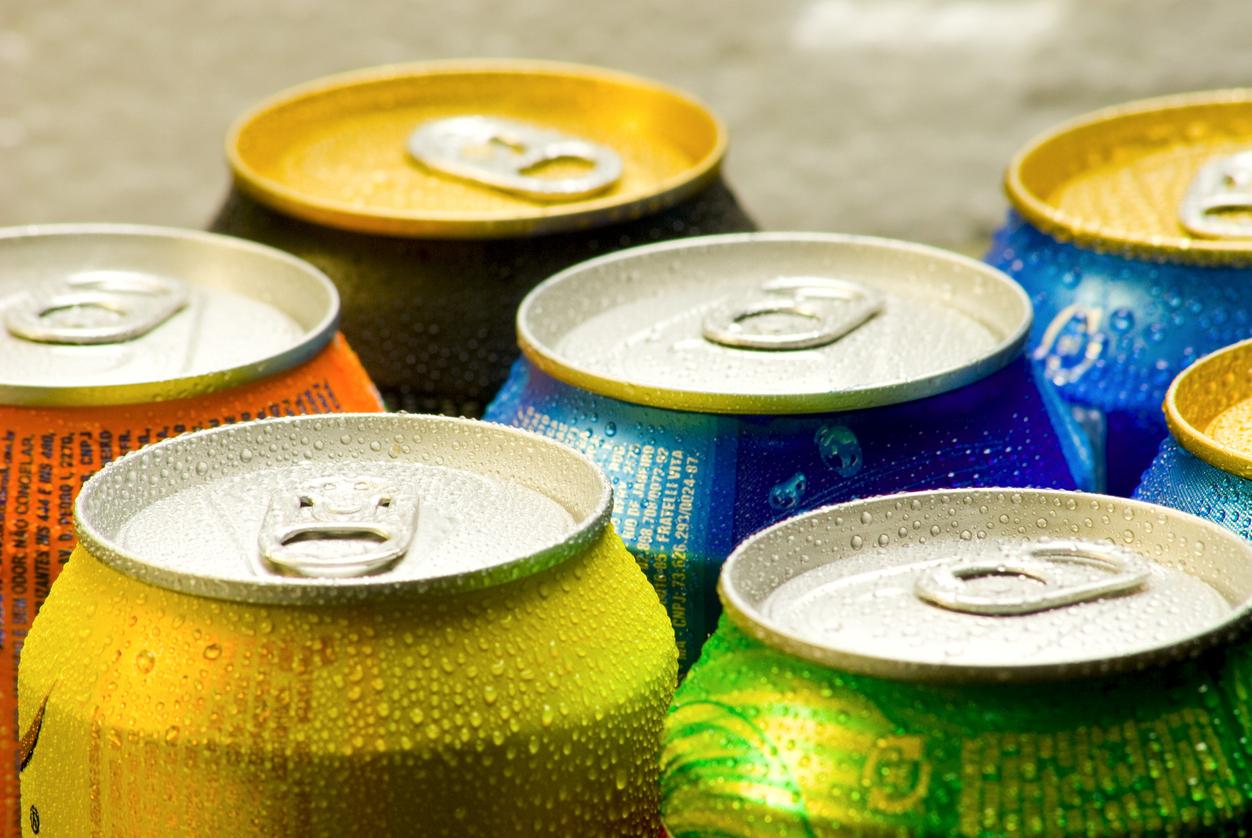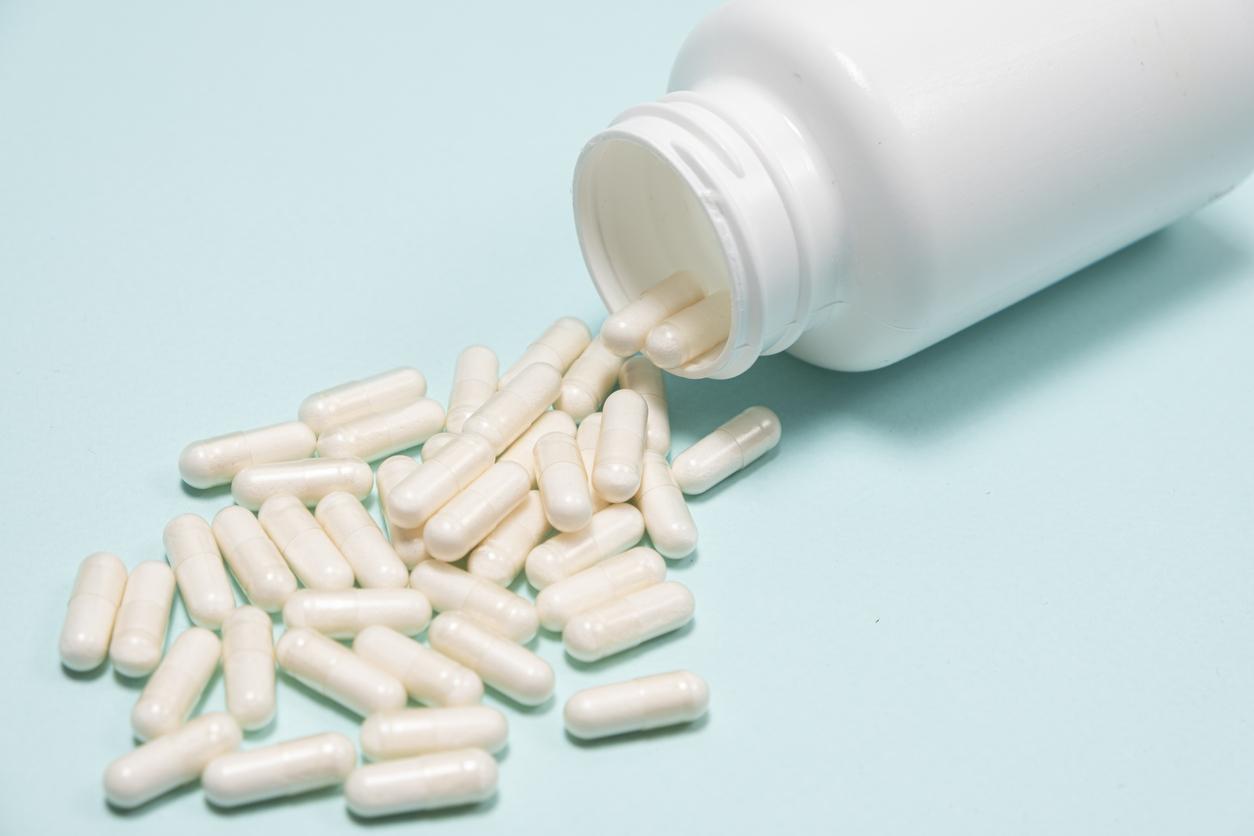A new study conducted at the Karolinska Institute (Sweden) reveals that “diet” drinks with sweeteners also significantly increase the risk of diabetes.

The followers of “light” drinks eat more, their plate is more caloric, or even, at the senior age, they have more abdominal fat. All of these statements come from recent studies that break the myth that these beverages are less harmful. And the work that follows will only reinforce this feeling. New research shows that light drinks with sweeteners also significantly increase the risk of diabetes. Conclusions presented in the review European Journal of Endocrinology.
Relayed by the site santelog, they come to us from Swedish researchers at the Karolinska Institute (Stockholm). In their work, they worked with data from a Swedish cohort study looking at the effects of sugary drinks over the past year in 1,136 people diagnosed with type 2 diabetes and an average age of 68. . This group was compared to another made up of 1,371 non-diabetic participants.
Other lifestyle factors matter
The data collection shows first of all that about two thirds of the participants regularly consume sugary drinks, including artificially. But what is most worrying is that the consumption of more than two sugary drinks per day is associated with a doubled risk of developing type 2 diabetes. More surprisingly, this result is identical with the consumption of “light” drinks with sweeteners.
As an explanation for this conclusion, the researchers point to the artificial sweeteners that would prevent the proper functioning of bacteria in the intestine, this would have the effect of promoting the onset of diabetes. They also think that drinks “ light ”increase the feeling of hunger, thus pushing us to throw ourselves on sugary liquids.
In addition, other lifestyle factors such as smoking or eating too much food are also associated with diabetes. In the end, more than two servings of sugary drinks per day would double the risk of diabetes, and each additional daily serving would increase this risk by 15%.
.
















